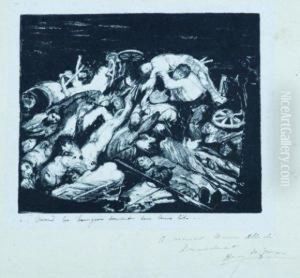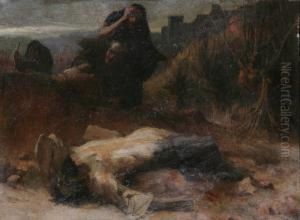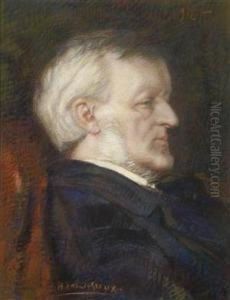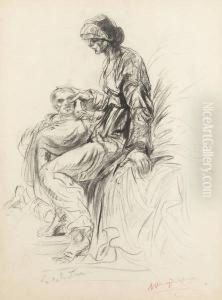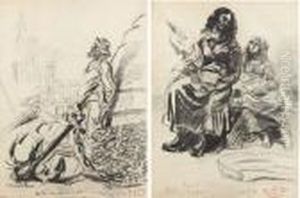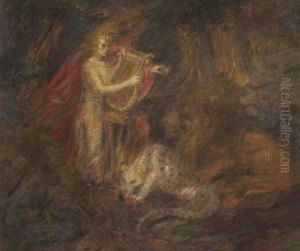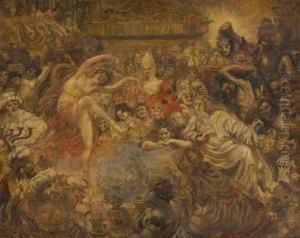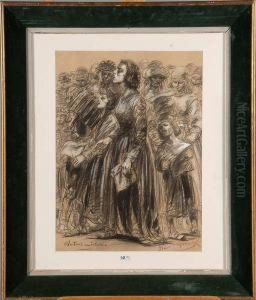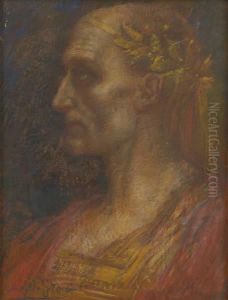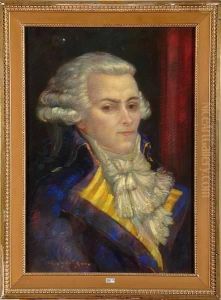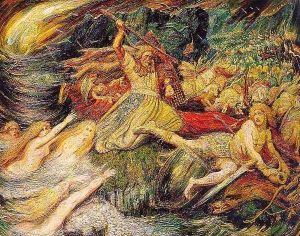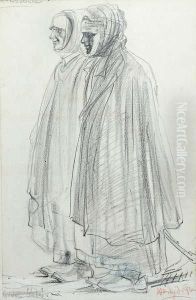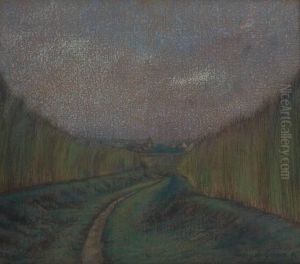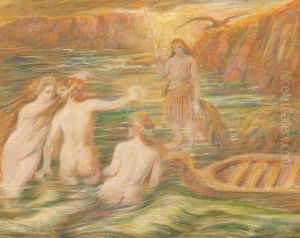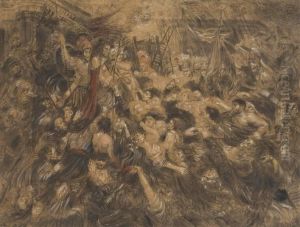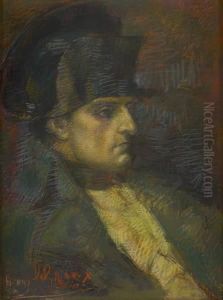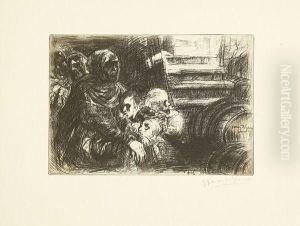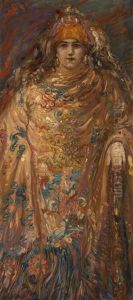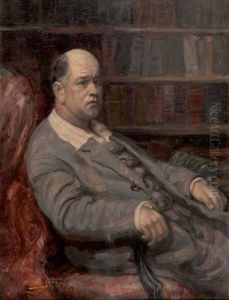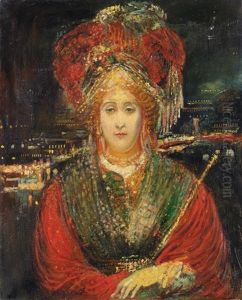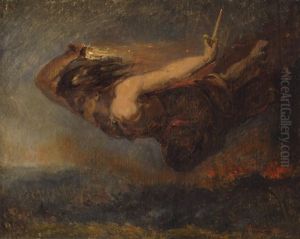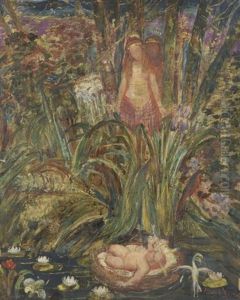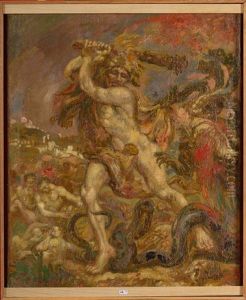Henry de Groux Paintings
Henry de Groux was a Belgian Symbolist painter and sculptor. Born on September 15, 1866, in Brussels, he was the son of the painter Charles de Groux and would go on to forge his own unique path in the world of art. De Groux was known for his intense and dramatic representations, often focusing on themes of struggle, social injustice, and mystical subjects. His style was marked by a somber palette and a dynamic use of line and form, which imbued his works with a sense of emotional depth and turmoil.
De Groux received his initial artistic training at the Académie Royale des Beaux-Arts in Brussels. He was a part of the avant-garde circles in Brussels and later in Paris, often engaging with other artists and intellectuals of the time. Despite being somewhat reclusive and known for his fiery temperament, de Groux's talents were recognized by his peers. He was associated with the Symbolist movement, and his work was influenced by the likes of Gustave Moreau and James Ensor.
Throughout his career, Henry de Groux was both celebrated and controversial. His commitment to depicting the raw and often disturbing aspects of the human condition led to a mixed reception from the public and critics alike. One of his most famous works is 'The Christ of the Outrage', which illustrates a suffering Christ amidst a crowd of tormentors. This painting, like many others by de Groux, showcased his ability to convey powerful emotions and provoke thought through his art.
Henry de Groux was also involved in the production of illustrations for books and journals. His graphic works, including lithographs and woodcuts, further extended his themes of social critique and explored the darker aspects of the human psyche.
Despite his profound impact on Symbolism and his contribution to the arts, de Groux struggled with poverty and isolation throughout his life. He eventually moved to Marseille, where he continued to work until his health declined. Henry de Groux passed away on January 12, 1930, in Marseille, leaving behind a legacy of intense, emotionally charged works that continue to inspire and challenge viewers.
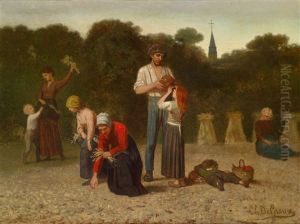
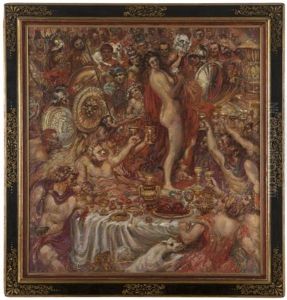
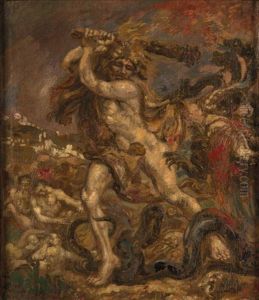
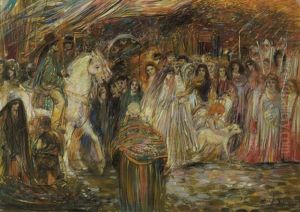
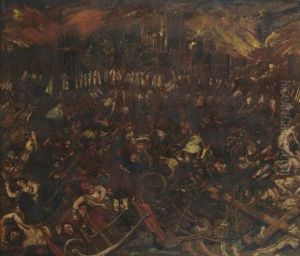
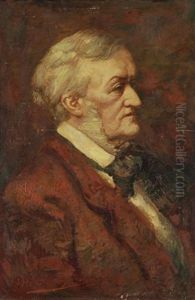
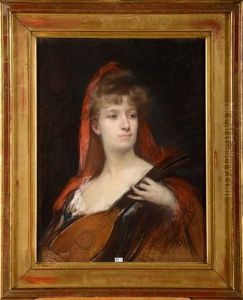
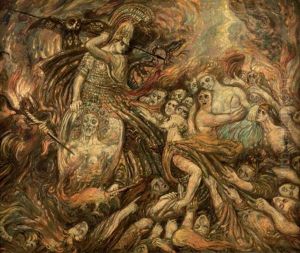
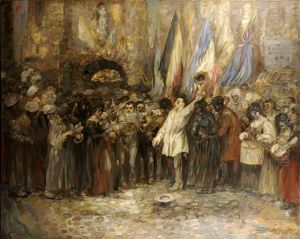
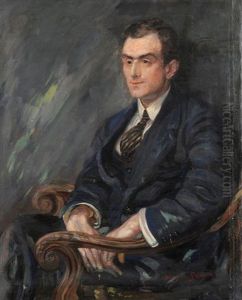
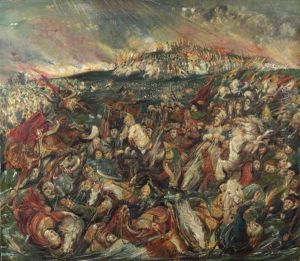
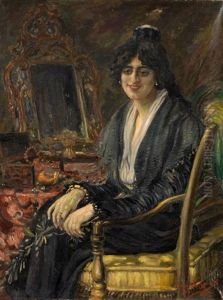
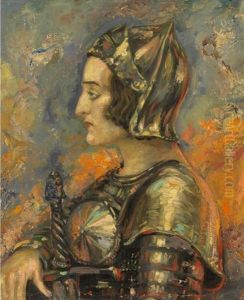
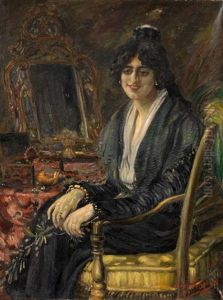
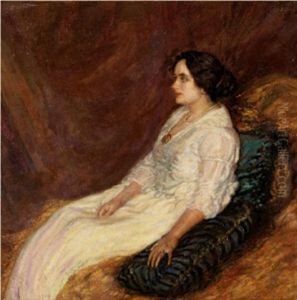
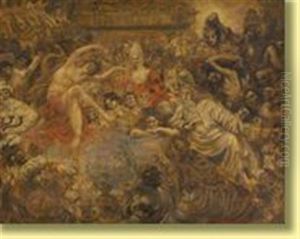
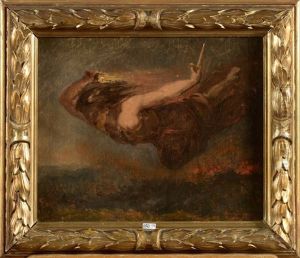
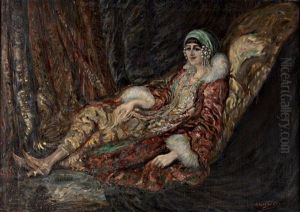
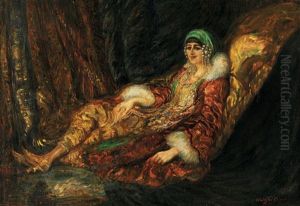
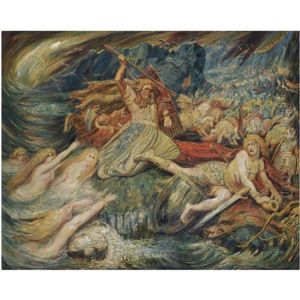
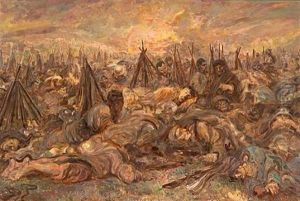
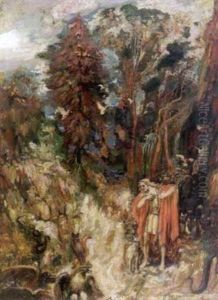
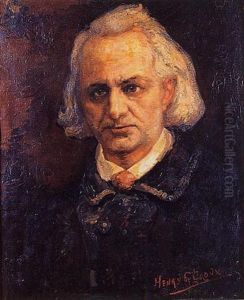
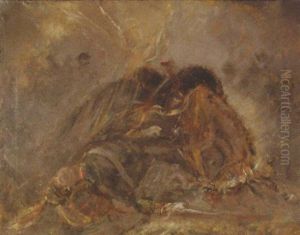
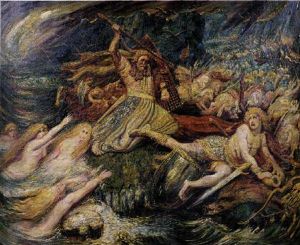

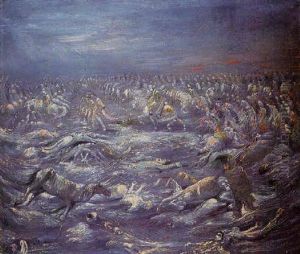
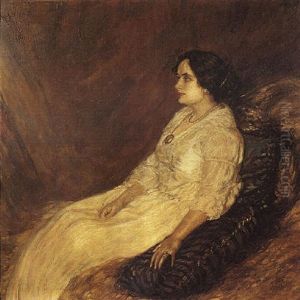
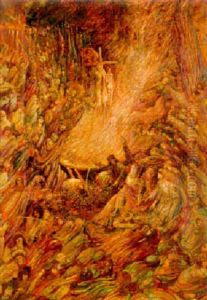
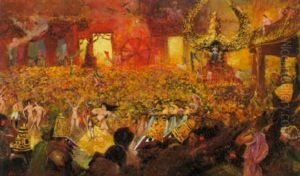
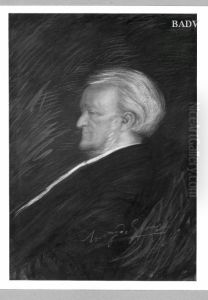
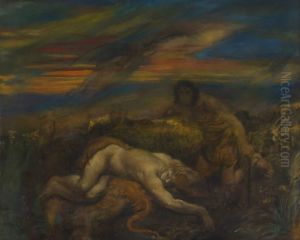
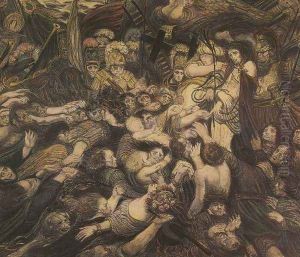
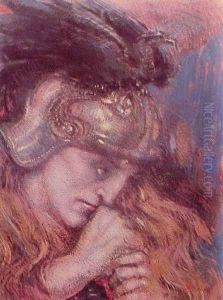
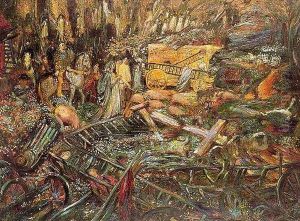
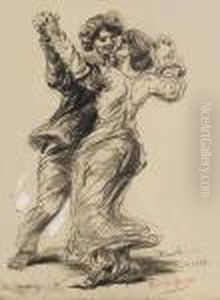
![Sans Titre [femme Eploree]](https://www.niceartgallery.com/imgs/1262850/s/henry-de-groux-sans-titre-femme-eploree-abe07cc8.jpg)
